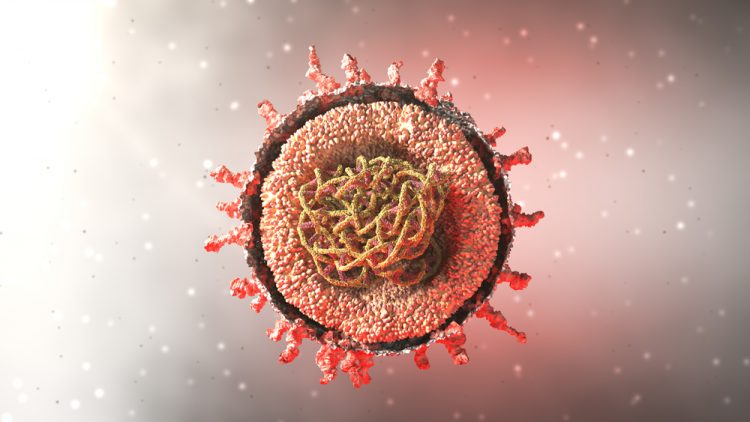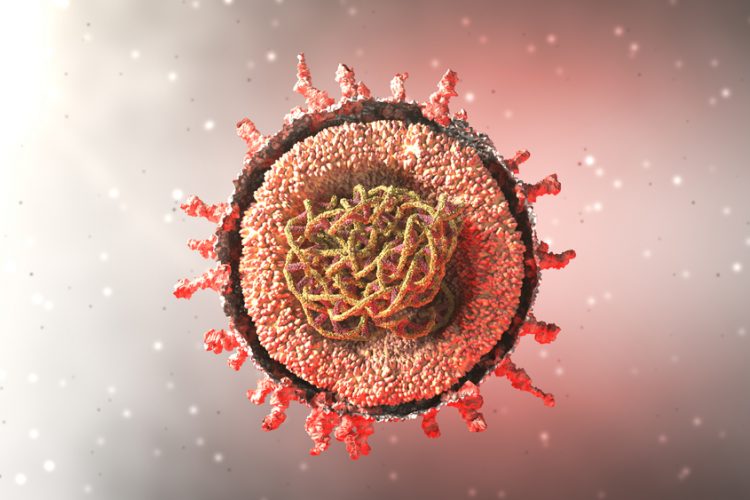
[ad_1]
German researchers have identified 69 small molecules as binding partners for the genomic RNA of SARS-CoV-2, eventually leading to new drugs.

Researchers at Goethe University in Germany have discovered 69 small molecules that can bind to SARS-CoV-2 RNA segments, which could stop or slow viral replication. The team, which is part of the COVID-19-NMR consortium coordinated by Professor Harald Scwalbe, has thus taken an important first step in the development of a new class of SARS-CoV-2 drugs.
Previously, researchers mainly focused on the coronavirus viral proteins and blocking them because this appears to prevent, or at least slow down, replication. However, attacking the viral genome, a long RNA molecule, can also prevent or slow down replication.
The team identified 15 short segments of the SARS-CoV-2 genome that are very similar in various coronaviruses and are known to perform essential regulatory functions. During the year 2020, these segments were very rarely affected by mutations. The researchers then allowed a library of substances of 768 chemically simple small molecules to interact with the 15 RNA segments and analyzed the result by nuclear magnetic resonance (NMR) spectroscopy. In NMR spectroscopy, small molecules are first labeled with particular types of atoms (stable isotopes) and then exposed to a strong magnetic field. Atomic nuclei are excited by means of a short radiofrequency pulse and emit a spectrum of frequencies, through which it is possible to determine the structure of RNA and proteins and how and where small molecules bind together.
This allowed the team to identify 69 small molecules that bound to 13 of the 15 RNA segments. “Three of the molecules even bind specifically to a single segment of RNA,” Schwalbe said. “With this, we are able to show that SARS-CoV-2 RNA is well suited as a potential target structure for drugs. Given the large number of mutations in SARS-CoV-2, such conservative RNA segments, like those we have identified, are particularly interesting for developing potential inhibitors. And since viral RNA makes up up to two-thirds of all RNA in an infected cell, we should be able to disrupt viral replication on a massive scale using the right molecules.
Against this background, Schwalbe continued, researchers have already started tracking avenues with readily available substances that are chemically similar to the binding partners of the small molecule substance library.
The results were published in Angewandte Chemie International Edition.
Source link